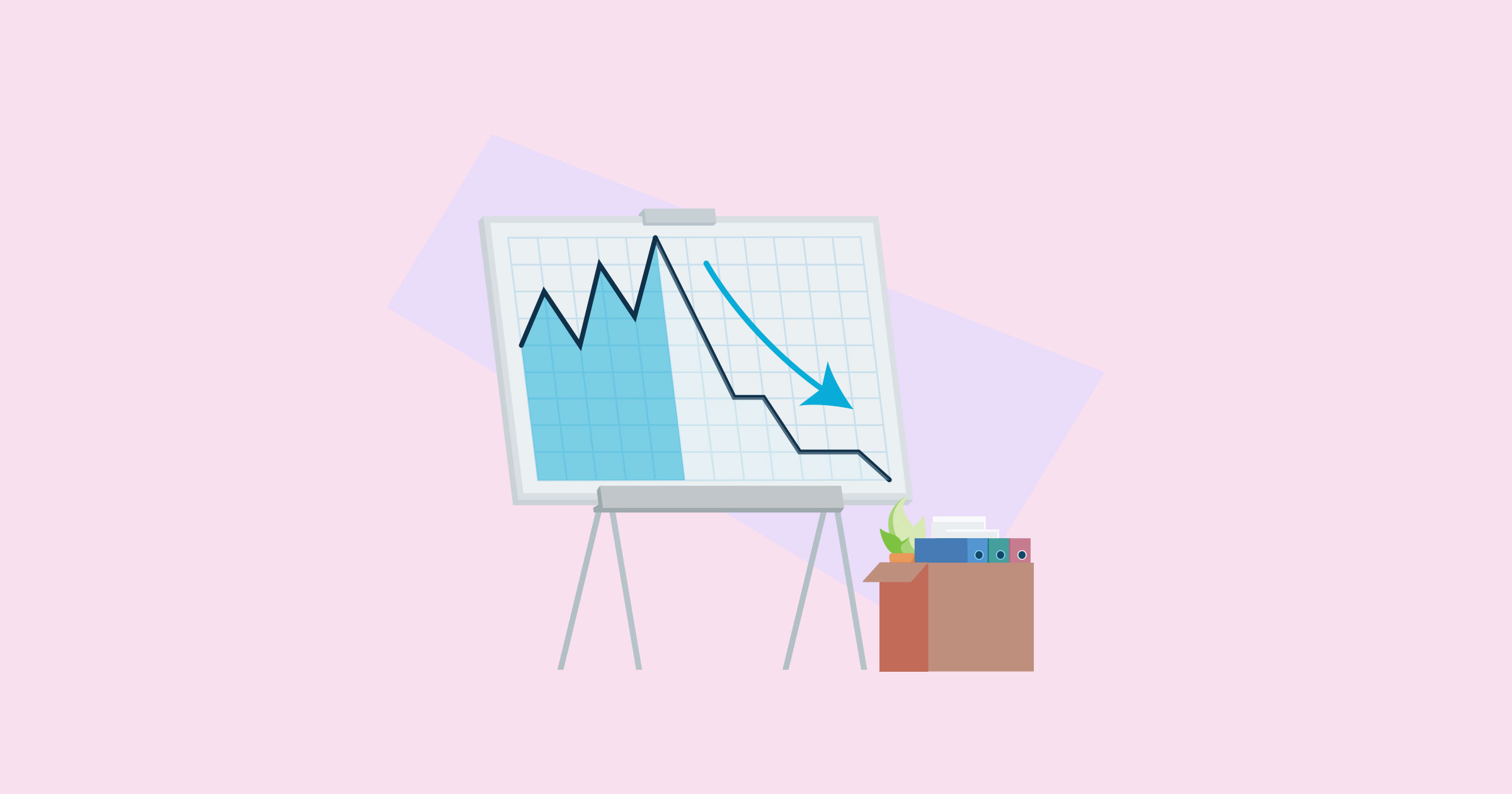The unemployment rate may not seem to be a very important metric for investors, especially when there are many other variables which have a more direct impact on the value of their assets.
However, this rate reflects on the state of the economy, and so is worth looking at for hints as to where things may be headed. Of course, this data shouldn’t be taken in isolation, and must always be considered alongside other factors such as Gross Domestic Product (GDP) and how the markets are doing.
Keep reading to discover the reason behind the importance of the unemployment rate.
Low unemployment is good
When employment is high, many people are earning through wages. This means there are a lot of productive members of the economy. It also shows that there is money being spent as payment for goods and services, and is thus going through the country’s financial system.
This, in turn, may help the providers of the goods and services expand their businesses. If this happens, more jobs could be created and more money could end up in the system.
Investor sentiment could also go up, helping the various markets grow. If you hold stocks of companies which are enjoying the benefits of the demand, you may see their value rise at these times. Other asset classes can see positive changes as well because of the favorable business conditions in the country.
While low unemployment (less unproductive members of the economy) is good for the economy’s growth, it also means higher revenue for the government in terms of taxes. These could then be used for purposes that benefit the public, like development of the country’s infrastructure or funding normal government operations.
If there are a lot of people earning through jobs, demand for goods and services can overtake the supply. This may lead to higher prices through a type of inflation called “demand-pull.”
When unemployment is up
On the other hand, when unemployment rates are up, this means there are less productive people in the economy. There’s less earning and there’ll be less spending. When this happens, companies tend to play safe and hold off on expansion projects, and also temper their earnings projections.
This often has a negative impact on investor sentiment, and so people may not put in much money while this is going on.
Of course, there are other factors to consider (including the inflation rate and general health of the economy), but low employment is usually accompanied by other negative conditions.
Things to remember
The exact definition of unemployment can differ slightly between countries. In the Philippines, it covers persons in the labor force who do not have work, are currently available for work, and are either seeking or not seeking work.
A certain amount of unemployment is normal even in a healthy economy, and so this rate shouldn’t be expected to reach 0%. This figure should always be examined in a larger context (together with other economic data) for you to see the big picture.
There are a few tools which governments use to deal with high unemployment rates. These include monetary policies which promote economic growth (thus allowing the private sector to create jobs) and increasing spending on public projects (which allows the direct creation of jobs by the government).

.jpg)
